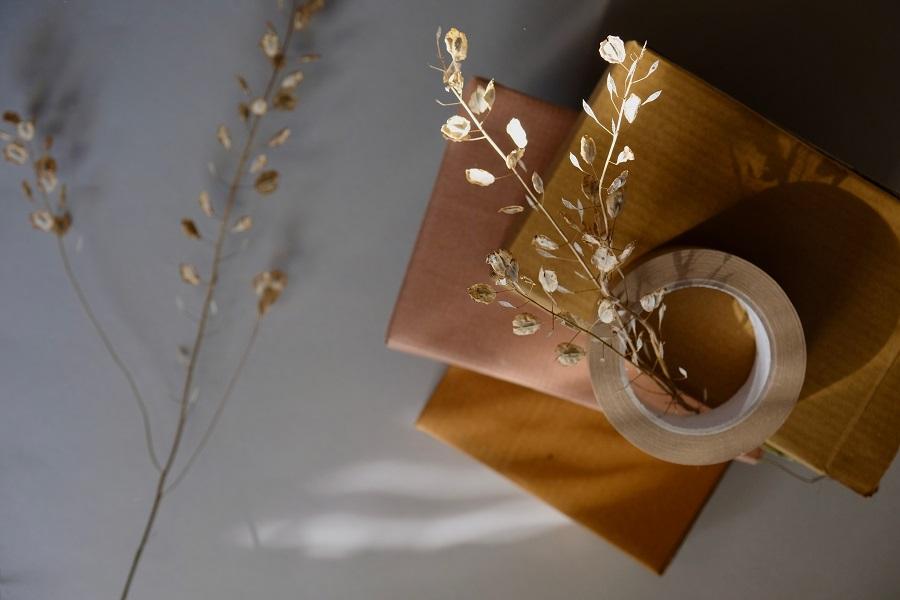By Sophia Machaira,
In this day and age, everything has become digitalized. The pros of digitalization are forever prominent because daily tasks have become much quicker and easier to complete. Such a fact is neither wrong nor bad by any means, but it has created a counterreaction where people crave the original, physical versions of things. A few examples are notebooks, vinyl records, books, etc. In this category, you could include cards. While people may still write them (usually only for special occasions such as birthdays, weddings, and holidays), they do not send letters anymore.
We can “push the envelope” as to why sending letters can be a beautiful form of art. To begin with, it helps to feel like the physical distance between people has lessened; it can be a cure for homesickness. Erasmus students, friends, or partners in a long-distance relationship can send and receive letters to give and get a taste of the kind their lifestyles are and what their values are. This is portrayed through what they deem important and sentimental enough to send. Sure, the postal services can take anywhere between a few days to a couple of months to send the package, but patience helps develop a healthy attitude towards life, prolongs the excitement, and makes the unboxing experience all the more fulfilling.
On another note, and setting nostalgia aside, there is also a cultural and historical significance to letter writing that is worth highlighting. Specifically, it used to be a crucial educational tool for young students learning how to read and write. At the same time, it was the primary method of communication before technological advancements were made. Thus, it was a form of cultural exchange, a preservation of traditional practices, events, and family legacies, as well as a vital way of diplomacy and human connection. To put it short, there is a lot of motivation to try this currently undervalued art form and let its past inspire your creative outcome.

In its simplest form, it is nothing but a postcard with a few handwritten wishes. As one can imagine, the practice of writing it by hand makes it all that more personal. To enhance it, things could be included, like simple drawings, memorabilia such as tickets, packaging from local products, or the products themselves if they are not on the list of prohibited items by either country’s posts’ guidelines. The final package could be a gorgeous scrapbook of experiences and memories, speaking louder than any voice or video call since the receiver gets to touch and keep it. Simultaneously, the letter could be the recording of goals—a taste of plans that could be achieved upon visiting one another. Suggestions consist of packages of local foods (i.e., candy), small items such as jewelry, seashells, leaves, dried-up flowers, books, stickers, photographs, and so on. The letter itself should be affectionate or even comedic, something worth re-reading repeatedly. For example, it could be a recollection of what the attached items mean to you, how they make you feel, and their (perhaps metaphorical) connection to the person you are sending them to.
All things considered, our society can very easily lose the balance between quality and quantity. Speed is not the key to holding a friendship or relationship together, but rather thoughtful conversations and the willingness to put effort into understanding and being with one another. By sending a well-constructed package and letter to the person you care about, your bonds grow closer, it is a gift far above store-bought items, and it tells a story only you two can share. They can touch what you have owned and created, making you both feel closer.
References
- The Art of Letter Writing, artofmanliness.com. Available here




